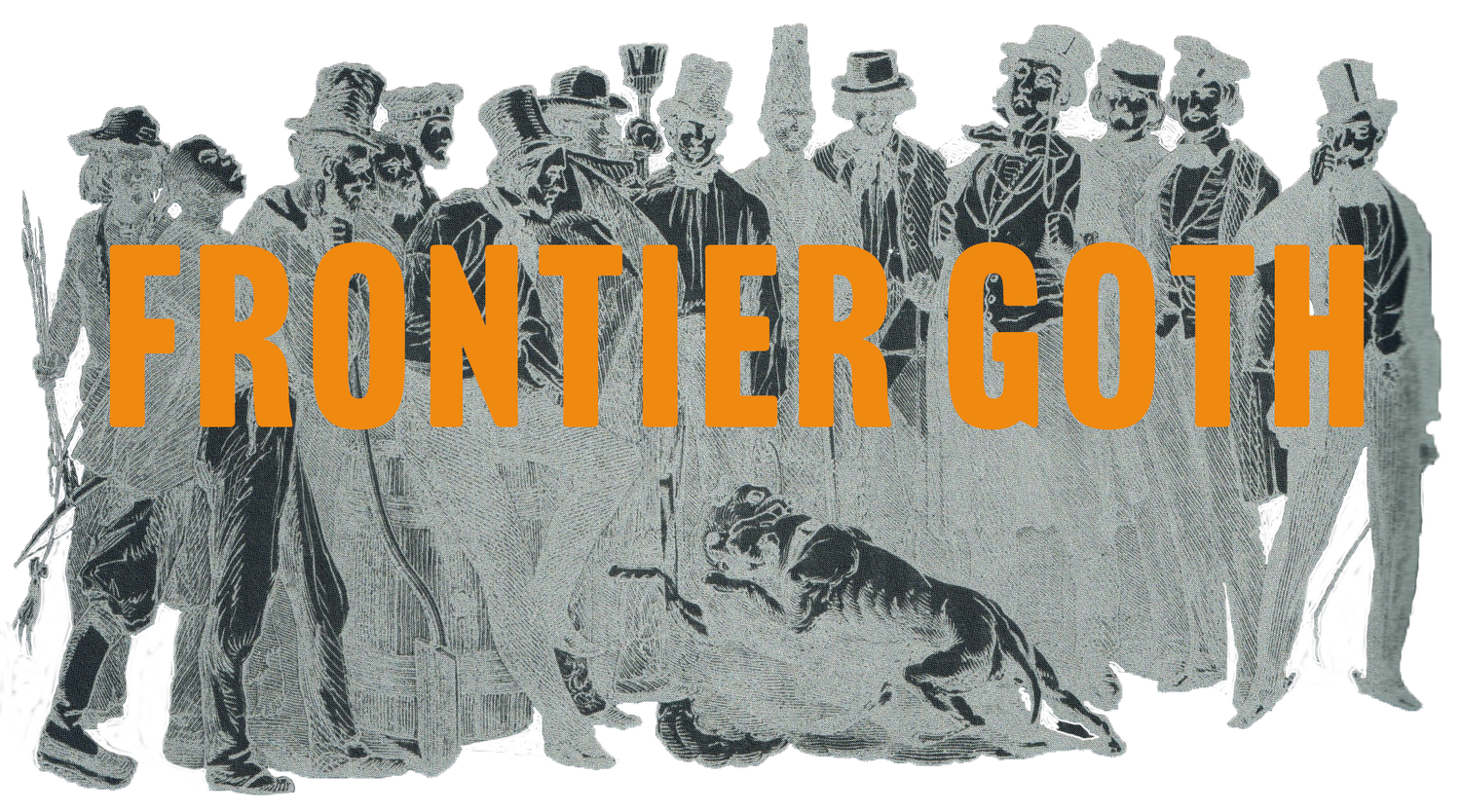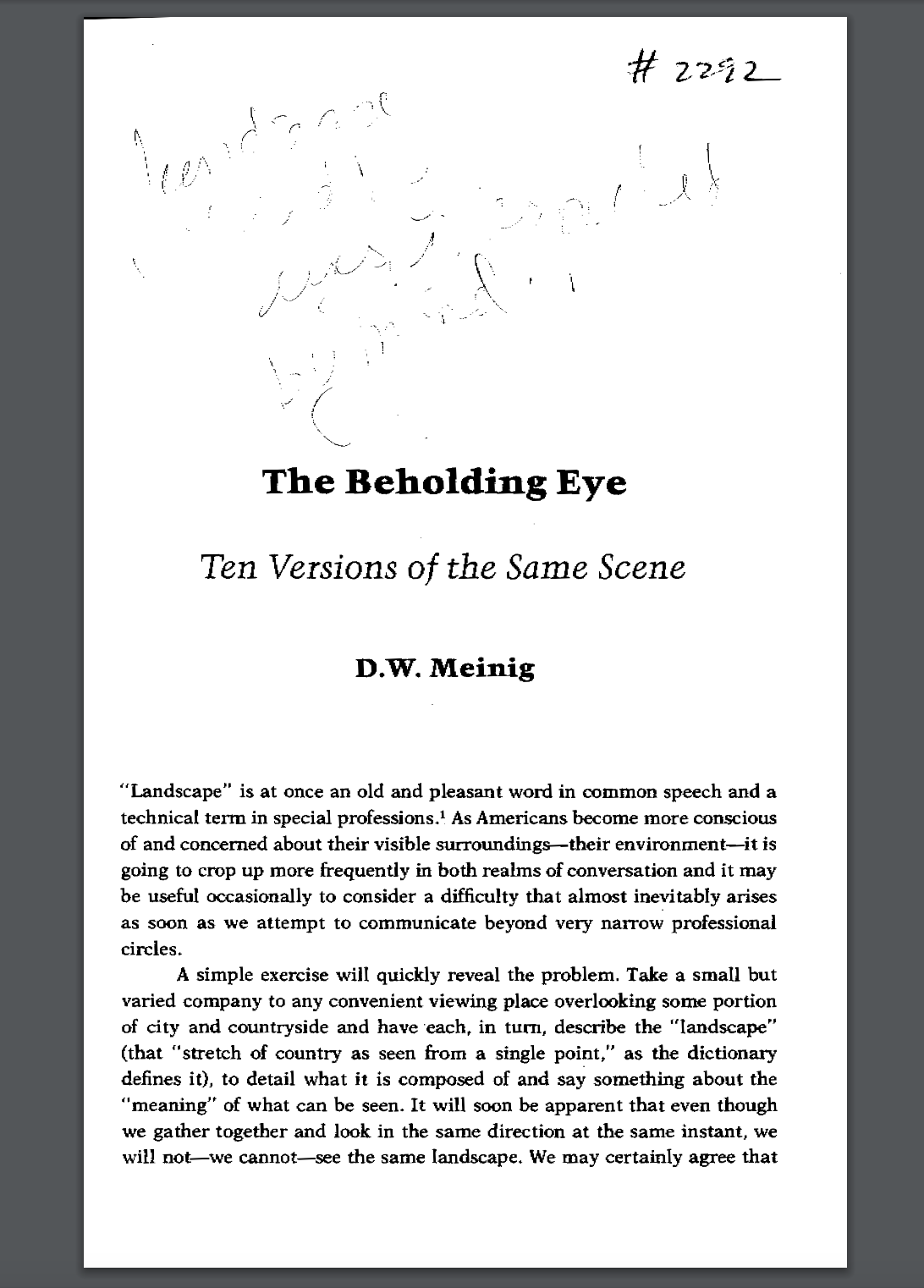The Beholding Eye by D.W. Meinig
“This can be a view of landscape as process, but with a different emphasis from that of the scientist. Where the latter sees an association of classes of things being affected by generalized processes to form a general pattern of predictable events, the historian sees the particular cumulative effects of processes working upon the particular elements of this locality. The degree to which the historian relates the particular elements to the general depends upon his purpose, but any historical view clearly implies a belief that the past has fundamental significance, one aspect of which is so pervasive as to be easily overlooked: the powerful fact that life must be lived amidst that which was made before. Every landscape is an accumulation. The past endures: the imprint of distant forebears in survey lines, land parcels, political jurisdictions, and routeways may form a relatively rigid matrix even in areas of rapid change. The landscape is an enormously rich store of data about the peoples and societies which have created it, but such data must be placed in its appropriate historic context if it is to be interpreted correctly. So, too, the landscape is a great exhibit of consequences, although the links between specific attitudes, decisions, actions, and specific results may be difficult to trace with assurance. In any case, whether the historical view is meant to serve curiosity, reflection, or instruction, the landscape provides infinite possibilities.”
-D.W. Meinig


